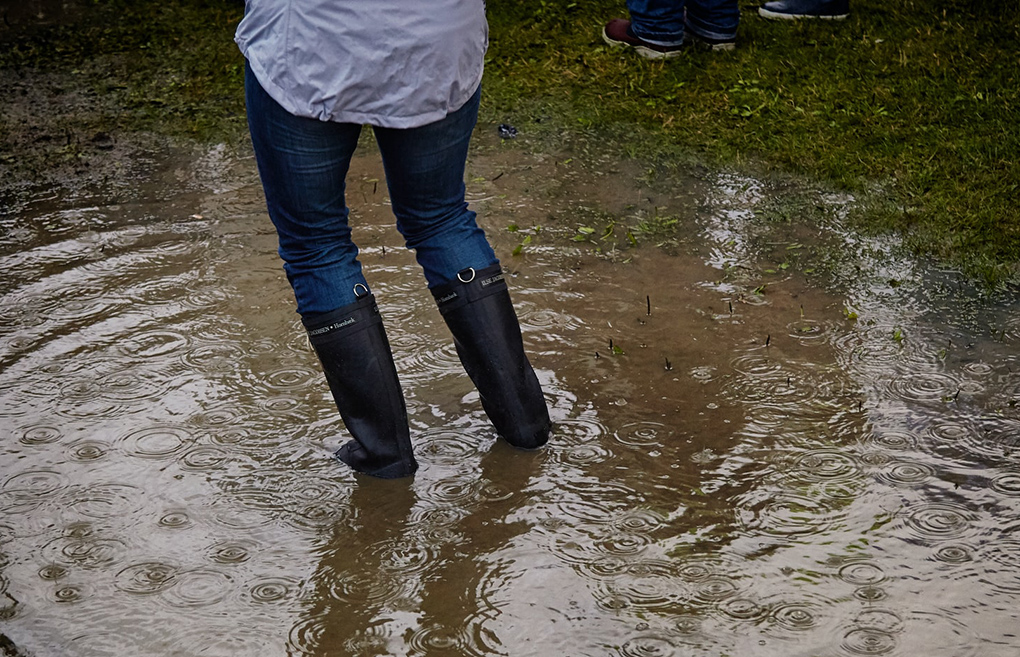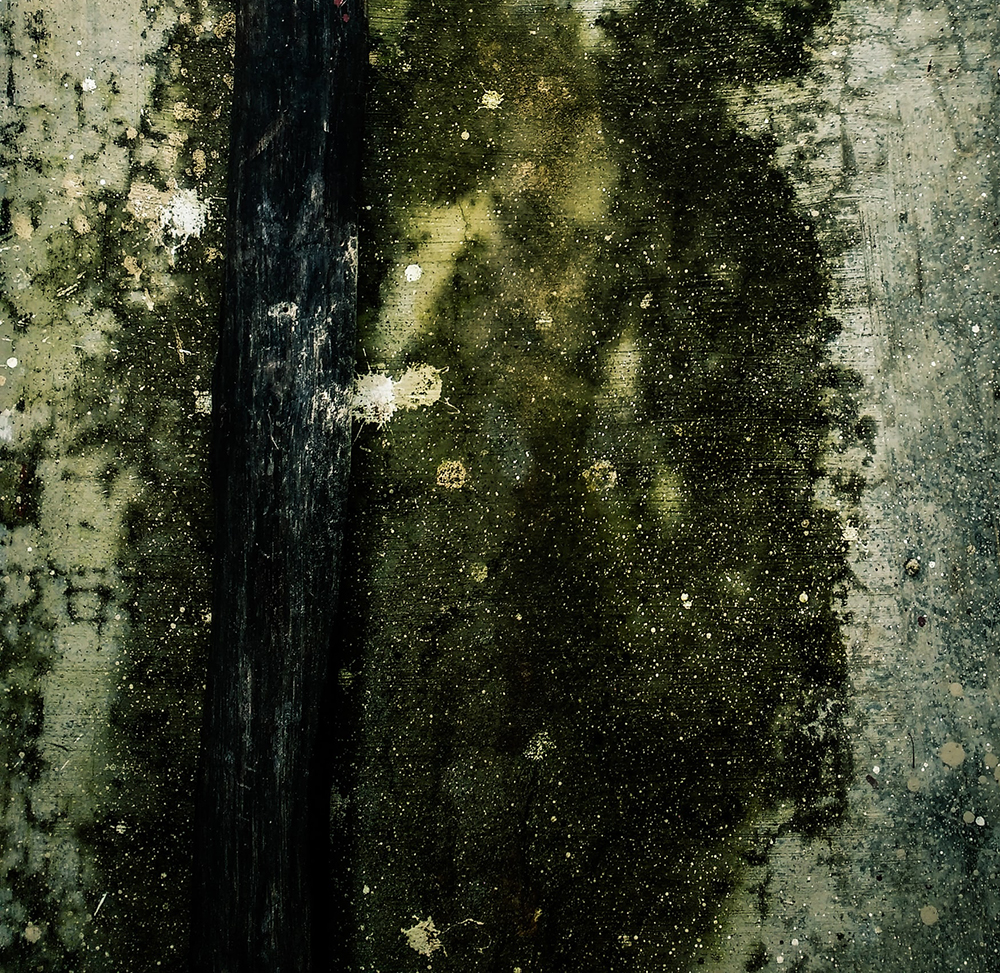
Considering the recent catastrophic effects of Hurricane Helene on Western North Carolina, it’s likely that a significant number of homes for sale in the area have suffered water damage.
Water damage can be a costly and disruptive problem for homeowners. As a potential home buyer, it’s essential to be vigilant and know how to spot the signs. Here’s a guide to help you identify potential water damage, assess its severity, and make informed decisions about whether to proceed with a home purchase.
Why it matters

Water damage must never be taken lightly. It can lead to a host of issues, including:
Structural Damage: Water can weaken the structural integrity of a home, affecting walls, floors, and foundations.
Mold Growth: Damp conditions create the perfect breeding ground for mold, which can trigger respiratory problems and allergies.
Electrical Hazards: Water damage can compromise electrical systems, leading to short circuits and fire hazards.
Decreased Property Value: Water damage can significantly reduce the value of a property.
Water damage red flags
Water damage can hide in clever ways. Knowing what to look for puts you in the driver’s seat. Here are some signs:
- Visible Water Stains: Look for water stains on ceilings, walls, and floors. These can be discolored patches or streaks. Check for water marks on carpets and upholstery. Inspect basements and crawl spaces for signs of past flooding.
- Musty Odors: A persistent, unpleasant odor, often described as “musty” or “mildew-like,” can indicate hidden water damage. Your nose knows! Use your sense of smell to detect any unusual odors.
- Peeling Paint and Wallpaper: Blistering, peeling, or bubbling paint can be a sign of water damage. Water damage can also cause wallpaper to loosen or discolor.
- Mold Growth: Visible mold growth, often appearing as black, green, or gray patches, is a clear indication of water damage. Look for mold in hidden areas like behind cabinets, under sinks, and in crawl spaces.
- Wood Rot and Decay: Inspect wooden beams, joists, and framing for signs of rot or decay. Look for soft, spongy, or discolored wood.
- Electrical Issues: Be cautious if you notice flickering lights, frequent power outages, or a burning smell. Water damage can compromise electrical wiring, leading to safety hazards.
- Foundation Problems: Cracks in the foundation, uneven floors, or doors that stick can be signs of water damage affecting the foundation.
How to know for sure

When you spot tell-tale signs of water damage, here are some additional steps to take:
- Hire a Professional Inspector: A qualified home inspector can conduct a thorough examination and identify potential water damage issues.
- Ask the Seller Questions: Inquire about any past water damage incidents, repairs, and insurance claims filed.
- Review Property Records: Check property records for any water damage claims or insurance reports.
- Use a Moisture Meter: A moisture meter can help detect hidden water damage in walls, floors, and ceilings.
Potential solutions for water damage
Does uncovering water damage mean you should walk away from a home purchase? That depends upon the severity of damage. For minor damage, repairs can be negotiated with the seller.
For minor water damage, some common solutions include:
- Drying out affected areas with dehumidifiers and fans.
- Cleaning and disinfecting surfaces to prevent mold growth.
- Replacing damaged materials like drywall, flooring, or insulation.
Severe water damage is far more costly and extensive and may include:
- Structural repairs to address foundation issues or weakened framing.
- Mold remediation to remove and clean up mold-infested areas.
- Electrical system repairs or replacement.
- Complete renovation of affected areas.
To buy or not to buy… That is the question!

Should you walk away? When considering a property with potential water damage, weigh the following factors:
- Severity of the Damage: Evaluate the extent of the damage and the potential costs of repairs.
- Seller’s Willingness to Disclose: A transparent seller who is upfront about the issue may be more willing to negotiate a fair price or make necessary repairs.
- Your Budget and Time Constraints: Consider your financial resources and the time you’re willing to invest in repairs and renovations.
- Long-Term Impact: Assess how water damage might affect the property’s value and your future plans.
If water damage is minor and the seller is willing to make necessary repairs, it may be worthwhile to proceed with the purchase. However, if the damage is severe or the seller is unwilling to address the issue, you might just want to pass on the deal.
By understanding the signs of water damage and taking a proactive approach, you can protect yourself from costly repairs and ensure a sound investment in your future home.
Buying or selling a home in Western North Carolina?
Avoid unpleasant surprises! Contact Asheville Home Inspector Peter Young before signing any contracts. Call (828) 808-4980, or click here to make an appointment.